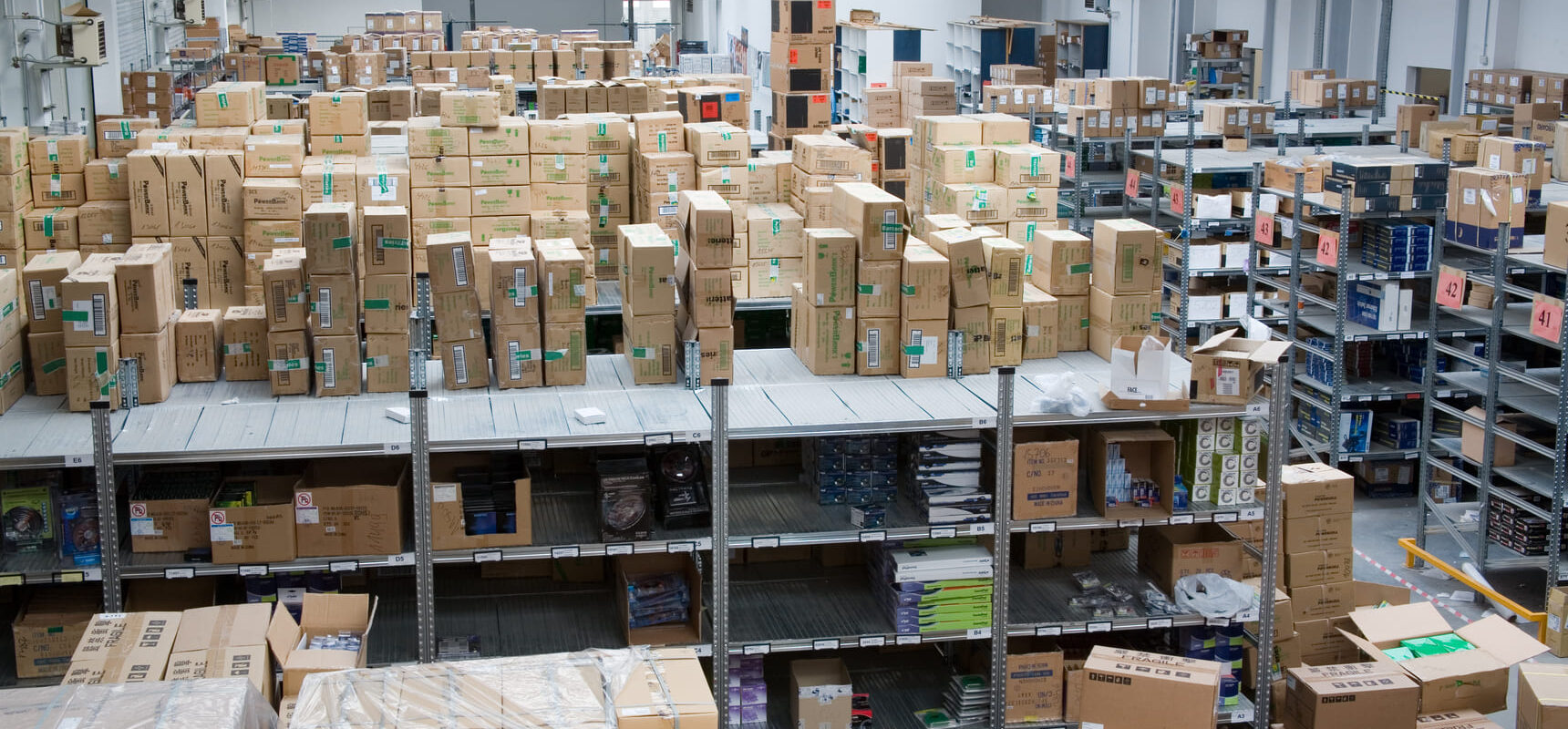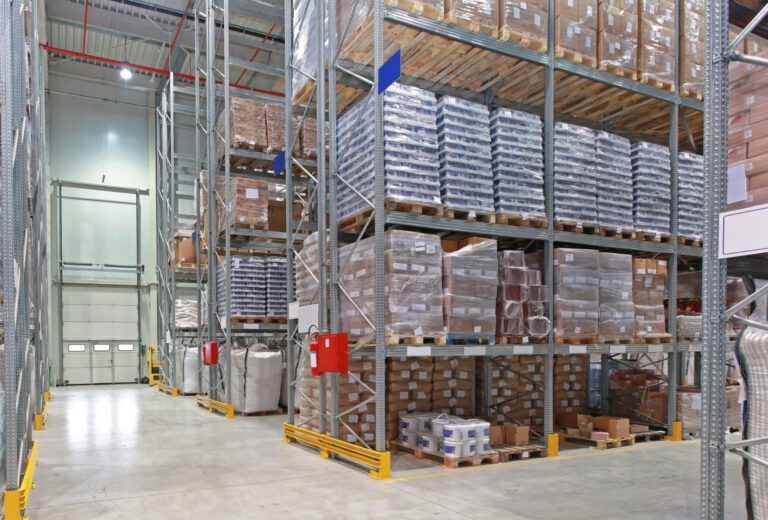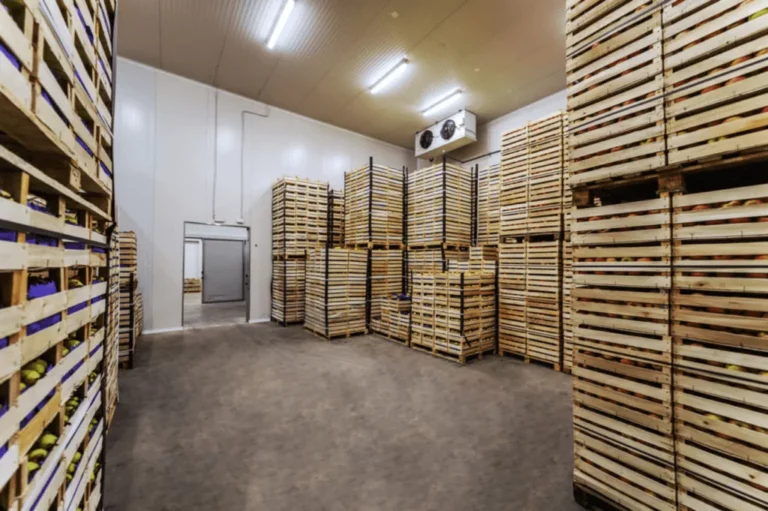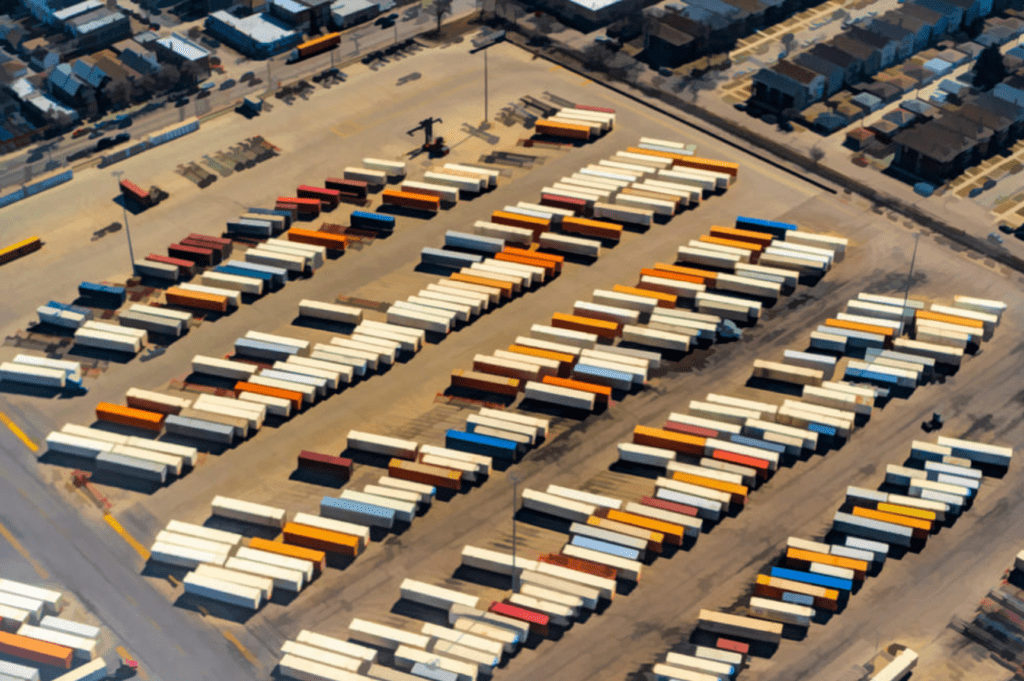Backorder vs Out of Stock: Key Differences

In the world of inventory management and e-commerce, understanding the terms “backorder” and “out of stock” is crucial for businesses to manage customer expectations and optimize their operations. Although both terms indicate a lack of immediate product availability, they have distinct implications for customers, businesses, and overall supply chain management. This paper will explore the definitions, differences, and tips for handling backorders and out-of-stock situations.
What Does Backorder Mean?
A backorder occurs when a business receives an order for a product that is temporarily out of stock but is expected to be available soon. Customers place backorders when they are willing to wait for the product to be replenished and shipped. This practice allows businesses to maintain customer satisfaction by fulfilling the order once the item becomes available.
Key Characteristics of Backorders:
- The customer is notified about the expected shipping date.
- Businesses often collect payment upfront or upon shipping.
- Helps smooth out demand fluctuations and manage inventory levels.
How Long Does a Backorder Take?
The length of a backorder depends on factors like supplier lead times, shipping logistics, product complexity, market demand, and external events such as holidays or supply chain disruptions. On average, backorders may take 1–2 weeks for standard products, 3–6 weeks for more complex or internationally sourced items, and longer for custom or limited-production goods. Seasonal spikes or unforeseen delays can also impact timelines. Businesses can manage backorder durations by maintaining strong supplier relationships, optimizing inventory forecasting, and keeping customers informed with realistic delivery estimates and regular updates.
What Does Out Of Stock Mean?
An out-of-stock situation arises when a product is completely unavailable in the warehouse, and there are no immediate plans or timelines for restocking. This can occur due to supplier delays, high demand, or unforeseen circumstances impacting the supply chain.
Key Characteristics of Out of Stock:
- No immediate plans to restock the item.
- Customers are unable to place an order for the unavailable product.
- Leads to lost sales opportunities and potential customer dissatisfaction.
Backorder vs Out of Stock: Key Differences
Understanding the differences between backorder and out of stock can help both consumers and businesses manage expectations and make informed decisions. Here’s how they differ:
Availability for Purchase
- Backorder: Items are available for purchase with a promise of future delivery. This option allows customers to secure their purchase and plan for future delivery. Retailers benefit from capturing sales even when inventory is temporarily unavailable.
- Out of Stock: Items are not available for purchase until restocked. This status clearly communicates that the product is temporarily unavailable, preventing customers from placing orders that cannot be fulfilled.
Communication and Expectation
- Backorder: Retailers usually provide an estimated date for restocking and delivery, allowing customers to make informed decisions. Communication is essential to maintain transparency and build trust with customers.
- Out of Stock: Information about restocking may not be available, leaving customers uncertain about availability. Retailers should strive to provide updates and notifications to manage customer expectations.
Inventory Management
- Backorder: Indicates active inventory management with plans to replenish stock. Retailers are committed to fulfilling orders and maintaining sales momentum despite temporary shortages.
- Out of Stock: May suggest challenges in inventory management or unpredictable demand. Retailers need to address supply chain issues and improve inventory forecasting to minimize stockouts.
Customer Experience
- Backorder: While it requires patience, customers can secure their desired products. Retailers can enhance the experience by offering transparent communication and updates on delivery timelines.
- Out of Stock: May lead to disappointment and require customers to seek alternatives. Retailers should explore solutions, such as offering similar products, to mitigate customer frustration.
Backorder vs. Pre-Order: Key Differences
Both terms involve purchasing items that are not immediately available, but there is a key distinction. A pre-order allows customers to buy a product before its official release, helping businesses gauge demand and prepare inventory in advance. In contrast, a backorder refers to a temporarily unavailable product that is already released and can be reserved for future delivery once restocked.
Benefits and Challenges of Backorders
Backorders can offer benefits for both retailers and customers but also come with challenges.
Benefits
- Maintains Sales: Retailers can continue to capture sales even when inventory is low. This strategy helps sustain revenue and customer interest despite temporary shortages.
- Customer Loyalty: By offering backorders, retailers can retain customers who are willing to wait for their desired products. It builds trust and fosters long-term relationships with customers.
Challenges
- Customer Satisfaction: Delays in delivery can lead to customer dissatisfaction if expectations are not managed properly. Retailers need to prioritize transparent communication to keep customers informed and engaged.
- Inventory Risks: Mismanagement of backorders can lead to overstocking or missed sales opportunities. Retailers must balance demand forecasting and inventory management to avoid these pitfalls.
When You Should Stop Taking Backorders
Stopping backorders is not about turning customers away but about maintaining transparency and ensuring a positive customer experience. You should stop taking backorders when restocking timelines become uncertain, supply chain disruptions make fulfillment unpredictable, or managing existing orders strains operational efficiency. Ceasing backorders in these situations demonstrates to customers that you are prioritizing resolving current challenges and completing existing commitments, reinforcing trust and reliability in your brand.
Strategies for Managing Backorders and Stockouts
To effectively manage backorders and stockouts, businesses can adopt several strategies:
Improve Inventory Forecasting
Accurate inventory forecasting helps predict demand and manage stock levels, reducing the likelihood of stockouts and excessive backorders. Leveraging data analytics and historical trends can enhance forecasting accuracy. Retailers should regularly review and adjust their forecasts to align with changing market conditions.
Investing in technology and tools that automate inventory forecasting can streamline processes and improve efficiency. By anticipating demand fluctuations, retailers can proactively address inventory challenges and ensure product availability.
Enhance Supplier Relationships
Building strong relationships with suppliers can lead to better communication and faster resolution of inventory issues, minimizing backorders and stockouts. Collaborative partnerships with suppliers can enhance supply chain efficiency and resilience.
Regular communication and collaboration with suppliers can lead to more accurate delivery timelines and improved response to demand changes. Retailers should work closely with suppliers to address potential bottlenecks and ensure timely restocking.
Leverage Technology
Utilizing inventory management software can streamline stock tracking and automate backorder processes, ensuring efficient handling of inventory challenges. These tools provide real-time visibility into inventory levels, enabling retailers to make informed decisions.
Automation can also enhance order fulfillment processes, reducing the risk of errors and delays. Retailers can leverage technology to optimize supply chain operations and improve customer satisfaction by ensuring timely delivery of products.
FAQs: Backorder vs Out of Stock
What is backorder in manga/stocks?
A backorder occurs when an item is temporarily out of stock, and the customer places an order for it to be fulfilled once the stock is replenished.
How long does backorder usually take?
The time for a backorder can vary depending on the supplier or manufacturer, ranging from a few days to several weeks or months.
Does backorder mean sold out?
No, backorder means the item is not currently available but will be available once the stock is restocked.
What does it mean if my order is on backorder?
It means the item you ordered is currently out of stock, and the store will fulfill the order once more stock becomes available.
Can you cancel a backordered item?
Typically, you can cancel a backordered item, but the store’s policies may vary. Some stores may not allow cancellations once the item is ordered from the supplier.
What is an example of a backorder?
An example would be ordering a popular book that is currently out of stock, with the store promising to ship it once new copies are available.
What does back order for 3 days mean?
It means that the item is expected to be restocked and shipped within 3 days after the stock is replenished.
Can a company refuse to cancel your order?
Companies have the right to refuse cancellations depending on their policies, especially if the order has already been processed or shipped.
You may be interested in

How OLIMP Vets Warehouses for Our Network
At OLIMP, it is our mission to connect shippers, carriers, freight brokers, retailers, manufacturers, and more with reputable warehouses that provide a range of warehousing services. Our online platform gives you access to thousands of warehouses across North America to efficiently book on-demand warehousing services when and where you need them. With our platform, you […]

What Is Cold Storage Warehousing?
Temperature-sensitive products, from frozen food to pharmaceuticals and vaccines, must be kept cool in storage. High-tech cold storage warehousing makes this possible. By maintaining ideal environmental conditions, the products inside a cold storage warehouse are kept safe and of premium quality. What Is Cold Storage Warehousing? On the outside, a cold storage warehouse looks no […]

What is On-Demand Warehousing?
Warehousing companies offer ecommerce shops large and small a convenience referred to as on-demand warehousing. Commercial customers have access to not only shared warehousing space but fulfillment and logistics services. On-demand warehousing is essential for both growing and established companies. A lack of warehouse space is common nationwide. Ecommerce shops that lack sufficient space in […]